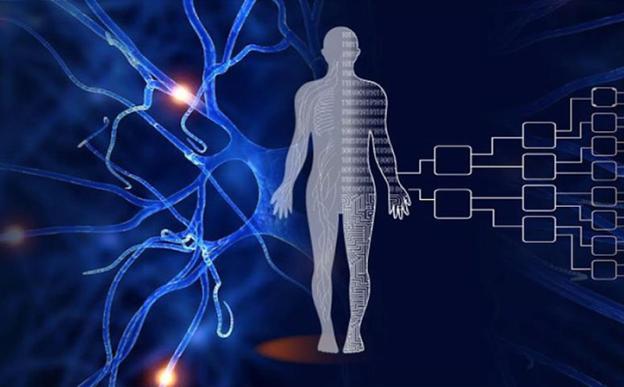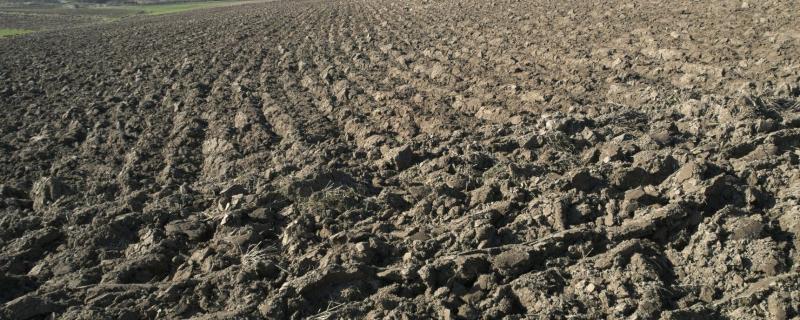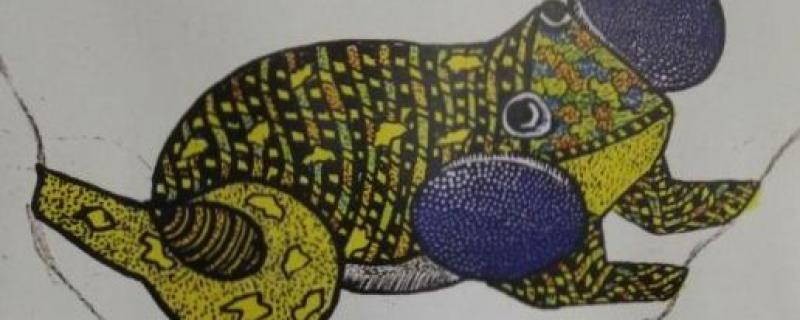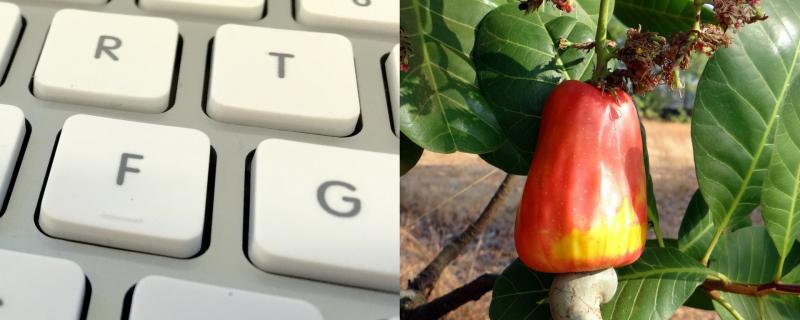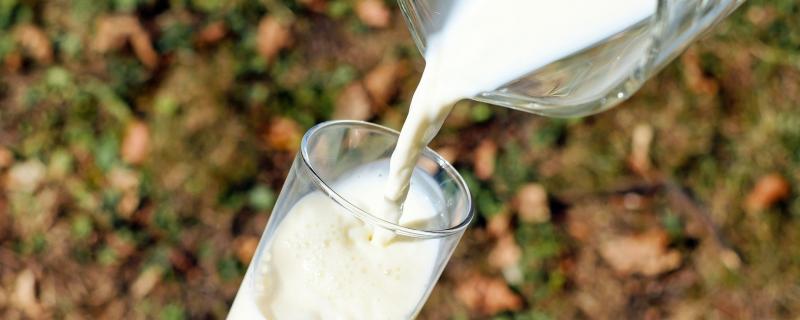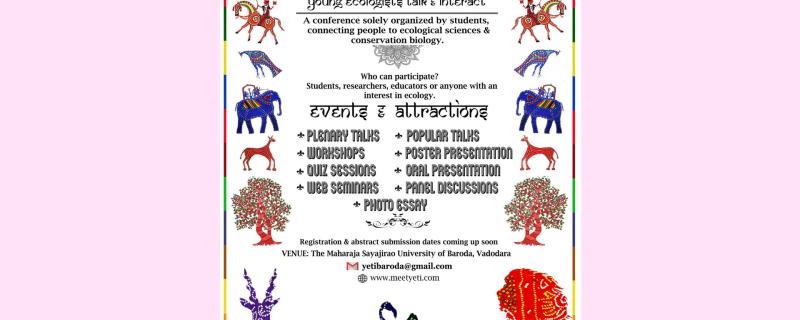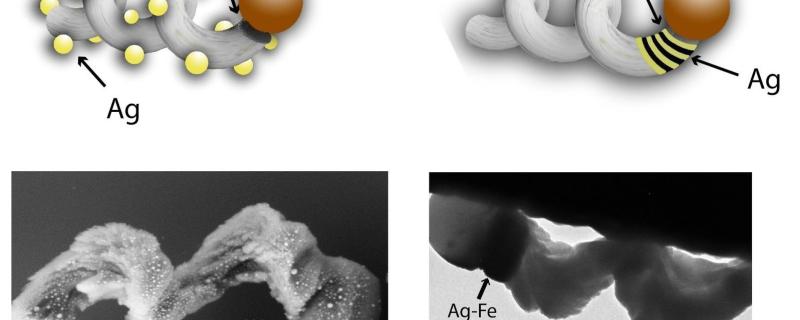Scientists from Birla Institute of Technology, Pilani, uncover the mechanism behind how plants tolerate and grow in soils with high salt content. The study also explore the role of the bacteria Enterobacter cloacae, which is a known plant growth promoting rhizobacteria.
Archives
FrogFest is a unique exhibition held at the World Wildlife Fund (WWF) office at New Delhi showcasing frogs in art and in nature. It showcases around 500 frog artefacts with a spotlight on the need for conservation of the amphibians.

Study by researchers from Institute of Public Health, Bangalore investigate how successful Primary healthcare Centres are for treating non-communicable diseases like diabetes and hypertension. They find many loopholes in the healthcare delivery system.
Scientists from Indian Institute of Space Science and Technology (IIST), Thiruvananthapuram have possibly designed the first sustainable molecular keypad lock, which can also be used as a sensor of a poisonous pesticide.
The milk you consume might contain antibiotic resistant strains of bacteria, point out scientists from Department of Veterinary Epidemiology and Preventive Medicine, College of Veterinary and Animal Sciences, Kerala, in their recent study. A drug resistant strain of Stphylococcus aureus had been isolated from udders of cows with virulence factor Panton-Valentine Leukocidin (PVL).
The Young Ecologists Talk and Interact (YETI) conference is underway at the Maharaja Saiyajirao University in Vadodara—commonly referred to as the cultural capital of Gujarat.
The words ‘insect migration’ bring to mind the vibrantly coloured monarch butterflies, making their way from Mexico to the south of Canada by the tens of thousands. Less conspicuous but just as spectacular is the migration that takes place across the Indian Ocean, which is believed to be the longest insect migration ever recorded.
A coffee table book on the C V Raman International Fellowship for African Researchers, highlighting the successful journey of the programme, was launched jointly by the Federation of Indian Chambers of Commerce & Industry (FICCI) and the Department of Science and Technology (DST).
'ಕೀಟ ವಲಸೆ' ಎಂಬ ಪದವು ಬಣ್ಣಬಣ್ಣದ ಚಿಟ್ಟೆಗಳ ಪ್ರಸಿದ್ಧವಾದ ವಲಸೆಯನ್ನು ನೆನಪಿಸುತ್ತದೆ; ಸಾವಿರಾರು ಮೊನಾರ್ಕ್ ಚಿಟ್ಟೆಗಳು ಮೆಕ್ಸಿಕೊದಿಂದ ದಕ್ಷಿಣ ಕೆನಡಾಕ್ಕೆ ತೆರಳುವ ಅಮೋಘ ವಲಸೆಯು ಜಗತ್ಪ್ರಸಿದ್ಧ. ಇಂತಹದ್ದೇ ಒಂದು ಕೀಟ ವಲಸೆ, ಆದರೆ ಚಿಟ್ಟೆಗಳಷ್ಟು ವರ್ಣಮಯವಲ್ಲದ್ದು, ಹಿಂದೂ ಮಹಾಸಾಗರದ ಉದ್ದಗಲಕ್ಕೂ ನಡೆಯುವುದು ಕಂಡುಬಂದಿದೆ.
Manipulation of particles whose sizes are a billionth of a metre poses a huge challenge and is a vast area of research. Manipulation of objects on this scale has important application from medicines to quantum technologies. Scientists from the Indian Institute of Science, Bangalore have devised a new approach to trap and maneuver nanoscale objects.
